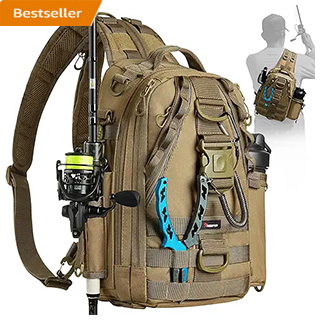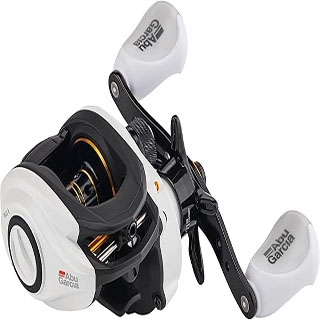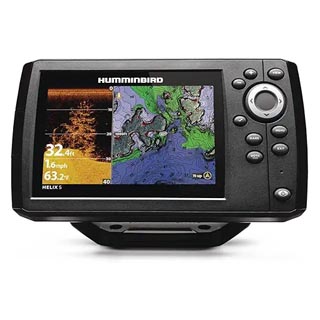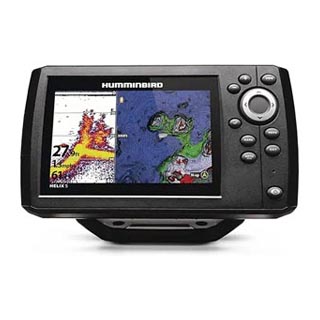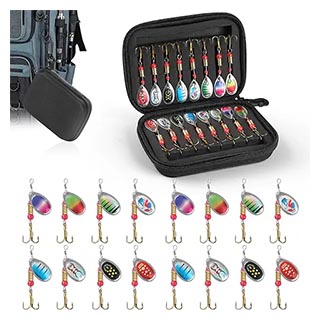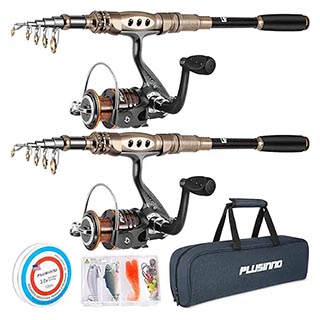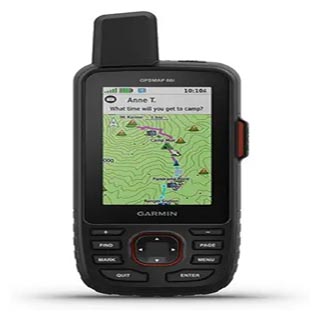Not Just Fishing
Fishing Articles and Information

The Correct Equipment and Gear For Fly Fishing
By Cindy Heller
Fly fishing is an old exercise, over the centuries, the fishers and manufacturers have developed a lot of knowledge about the
design of fly fishing equipment. This exercise begins at the time of the Roman Empire, and til now the basics haven't
changed. 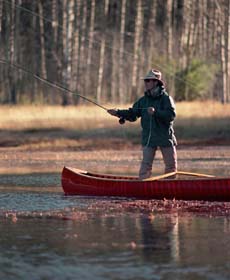
The superior thing to do is to learn about fly fishing equipment and how all of the parts work before a person
becomes one in the quest for catching a variety of type of fish.
Using Fly Fishing Equipment
It is very important that
you select equipment that is well fitted to the particular fishing situation. While a particular fly
rod might be used in different or special situations, its' range of applications is very far narrower than that of a spinning rod.
If one really wants to be become familiar with the equipment used for fly fishing they should engage a fishing instructor or guide
that is proficient in fly fishing equipment and have them teach you what you need to know.
By the way, certain parts
of the fly fishing equipment can be very costly but it's a needed expense and part of learning to fly fish.
More about Fly Fishing Equipment
When you want to try fly fishing for species other than trout, the rod and reel must be heavier but just as important is that
the lure will be dissimilar.
One can't fish with spinner baits with a fly rod or plastic worms, but in the market there are
baits that are sold for specific use with a fly rod. There are many smaller cork top water types of bait.
Some look like a
frog or other amphibians and aquatic reptiles. The difference between fly fishing lures and regular lures is easy to tell.
The fly fishing equipment is a lot lighter than conventional baits.
The action of the bait is imitated with the fly rod in a popping manner that will attract fish to the lure. In the following we will explore some of equipment options. Although this may look quite basic, I assure you will learn something
new and interesting.
Choose the Best Gear
With fly-fishing equipment, you have to choose the correct gear with the type of fishing in your mind.
In order to do this, you need to study the basic gear that every fly fisherman, whether deep-sea fishing, going out to a local creek, lakes,
rivers or streams use. It is composed of the following components: the rod, reel, line, and of course the almighty fly.
The Rod
The rod is one of the most unique parts of fly fishing gear. It is longer and more flexible than your normal fishing pole, sometimes more than twice as long as the normal person is high. The rods are sold by weight, the weights indicating a rod suitable to use in what type of situation.
The higher number of weight means the rod is better for heavier game.
For instance, a line weight of one to three is suitable to catch small trout. While a 15-weight line is used for saltwater
fishing and larger fish. The material of the fly fishing gear is usually made of fiberglass or graphite.
The graphite rod is the
most common type. It is much lighter than the fiberglass, and it also casts line much better.
The Line
When purchasing your fly fishing line, you need to consider the weight of your fly line; it must match that of your rod for the best results. It is important to use the correct weight of fly line when fishing. These fly lines can be basically grouped into two groups, Floating or Sinking Lines.
The Floating Lines also call dry line are used for techniques that
require a top water lure or the fly just below the waters surface. The Sinking Lines are used for techniques that use a wet
fly, which goes underneath the surface of the water, like when fishing a nymph or other under water bugs.
The Fly
It is important to use the correct files at the right places. You also need to tailor your flies to the fish that you' re
trying to catch, whether wet or dry.
Some flies, such as streamers, try to imitate and look like the small fish that make up
the diets of other fish, while others, like midges and mayflies and attempt to resemble the surface insects that they take
their names from.
With this information and other pieces of fly fishing gear provided above, if you purchase based on what
type of fish you trying to catch, it will definitely increase your successful rate.
About the Author
Cindy Heller is a professional writer.
